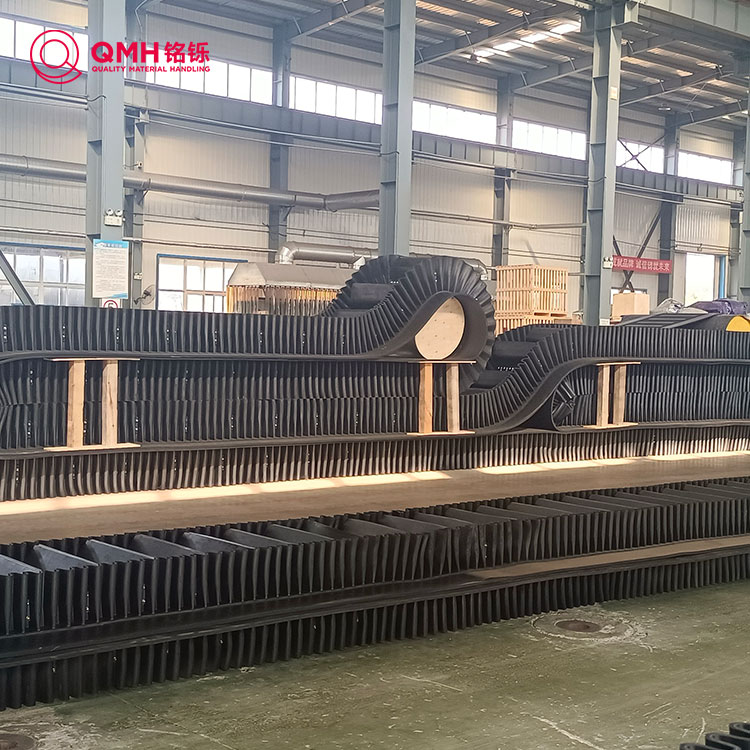Key Factors to Consider When Choosing a Corrugated Sidewall Conveyor Belt
2025-03-14
Selecting the right corrugated sidewall conveyor belt is essential for optimizing material handling processes. Whether you operate in mining, agriculture, or manufacturing, choosing the correct belt ensures efficiency, longevity, and cost-effectiveness. Here are key factors to consider when selecting a sidewall conveyor belt for your application.
1. Material Composition and Durability
The belt material should be chosen based on the working environment and the type of materials being transported. Rubber belts are ideal for heavy-duty applications, while PVC or PU belts may be suitable for food-grade and chemical-resistant applications.
2. Sidewall and Cleat Design
- Sidewall Height: The height of the corrugated sidewall determines how much material the belt can carry without spillage.
- Cleat Type and Spacing: Cleats help maintain material stability on steep inclines. Options include T-cleats, C-cleats, and custom designs based on load capacity and incline requirements.
3. Load Capacity and Belt Strength
Ensure the belt is designed to handle the weight and volume of your materials. Factors such as tensile strength, ply rating, and reinforcement layers contribute to the overall durability of the belt.
4. Belt Width and Length
The dimensions of the belt should match the conveyor system’s specifications. Proper width and length ensure smooth operation and minimize wear and tear.
5. Environmental Considerations
Consider factors such as temperature variations, exposure to moisture, and abrasive materials. Some belts come with heat-resistant, oil-resistant, or flame-retardant properties to enhance performance in challenging conditions.
6. Maintenance and Cost-Efficiency
Opt for belts that require minimal maintenance to reduce downtime and long-term costs. High-quality materials and proper installation can extend the lifespan of the belt, leading to better ROI.
Choosing the right corrugated sidewall conveyor belt involves evaluating material durability, cleat design, load capacity, and environmental conditions. By considering these factors, businesses can select a belt that maximizes efficiency, minimizes maintenance, and improves overall productivity. Investing in the right conveyor belt ensures smooth, cost-effective operations for years to come.



